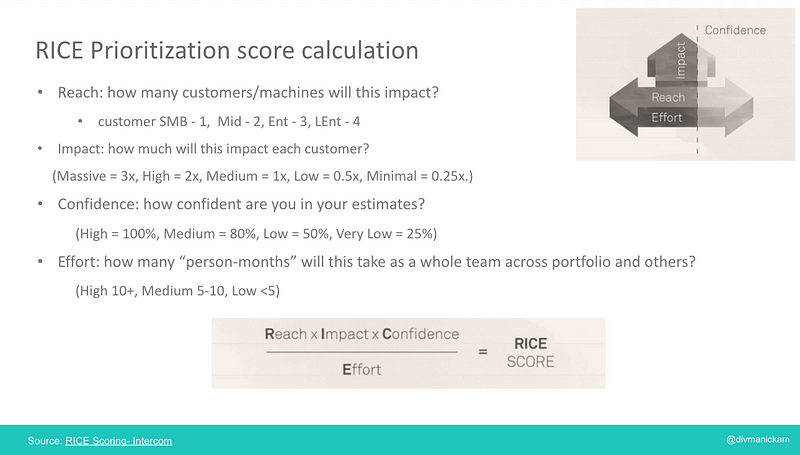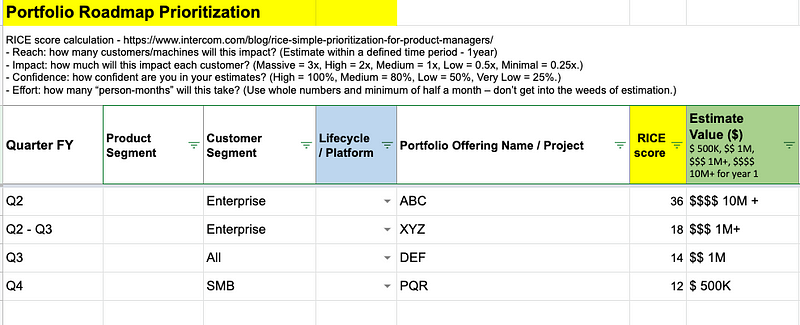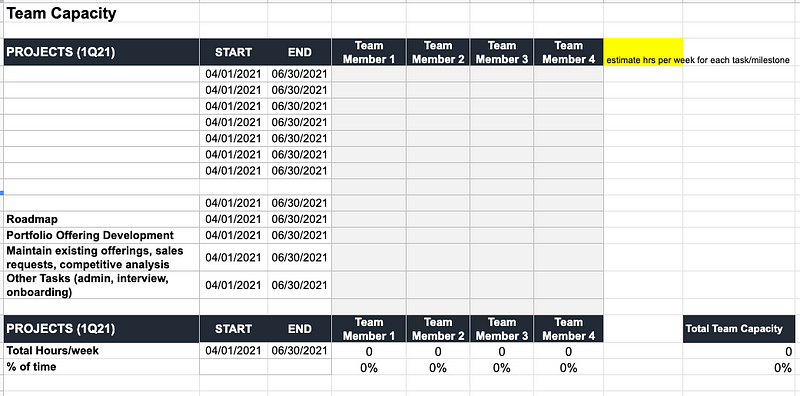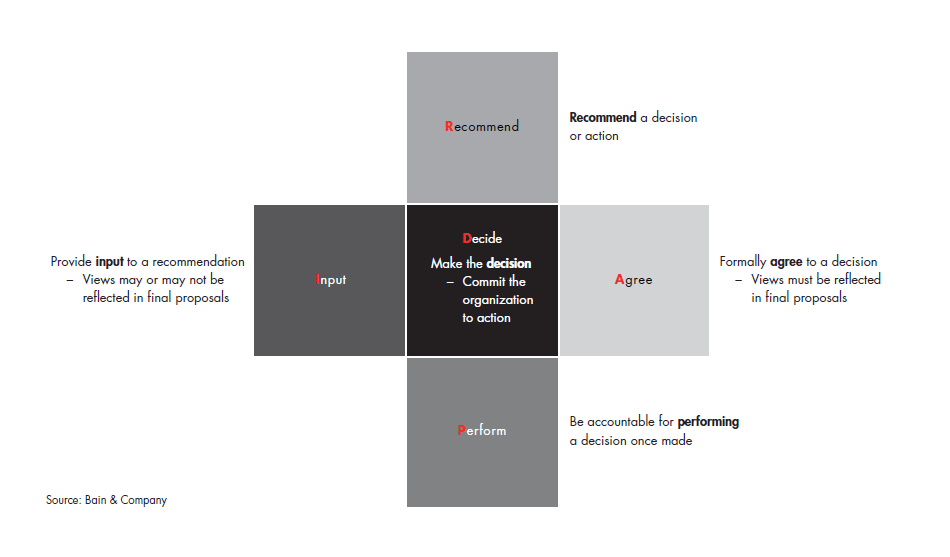As challenging as it can be, when you get the roadmap priorities right, you know, you’re off to a good start. Portfolio roadmap prioritization is the crystal ball that guides the path to stay focused on the right projects and priorities.
In this article, I'll be discussing the lessons learned on the how, when, and where to bring prioritization for the portfolio roadmap with:
Prioritization is where we make the trade-offs and the decisions on which priority/project we want to take forward, and which to hold off or de-prioritize and move to another quarter or below the line.
A few months ago, we started the portfolio roadmap prioritization exercise, because we realized what we needed to deliver for our stakeholders(7+) with a small team was beyond stretching our boundaries and limits. I have included links to the PPT and XLs for your reference at the end.
I came across the RICE framework from Intercom, which was simple enough and helped collect the data to identify which projects are above and below the line. And another factor that we added to this was a rough estimate of dollar value to make sure we are investing resources and time for the right ones.
The end result led to the dollar value being a driver for which projects we need to prioritize and followed by the RICE score.
Another element that we brought into the prioritization exercise was to evaluate team capacity.
- How are we doing as a team to meet the business needs?
- Do we have the bandwidth to take on new projects?
- Which projects do we need to move to another quarter to focus on the new priorities that got added this quarter?
- Do we have a buffer to take on last-minute priorities coming from the top management?
These were all great questions and we set out to find some answers. Here is the 3 step process that we took to resolve the open questions.
Step 1: RICE Score
RICE scoring (Reach, Impact, Confidence, and Effort) was our answer to get clarity on each of the projects to our best knowledge — we had about 40 projects when we started. Initially, this was tough as we had never done anything like this before. With a few iterations, we got it to a place where we were ready to share with our leadership.



Step 2: Team Capacity
We set out to estimate how many hours per week for each project to understand where we are today with our team capacity. Ideally, we want team capacity to be at 80% so that you have room to take on last-minute requests, and trust me, you will always have them as change is inevitable in the company or in the market and industry.
That’s when I realized that my senior team members were over 150% and hit burnout. As a leader, this is not a good place to be, but definitely a good reflection for much-needed help. And we set out to prioritize what and where we focus our time and energy.


Step 3: RAPID Framework
We leveraged the RAPID framework to make sure we are making decisions in an efficient way with the right stakeholders and also receiving input from the right team members to make a collective decision.


These three steps with roadmap prioritization brought clarity and visibility into what we need and where we need to go. It could open conversations for resources. It has helped me to understand that adding more projects is not sustainable. And helped to be laser-focused on a quarterly basis to deliver on the expectations and meet the business demands.
I am sure there are plenty of roadmap prioritization efforts and they can come in different flavors. It will depend on the leader and the team to figure out what works best for the group as a collective.
Here are a few lessons that I learned along the way:
- When we have more than 5+ stakeholders, and everyone has got a priority, it’s critical to bring everyone together in a meeting and make sure that you look at one collective set of priorities for the group and not just for each stakeholder. This was very important to bring the right conversations and focus.
- Bring the data to support your recommendations and make sure to present the data in a coherent and succinct way. Provide the details to those who want to dive deep and keep the top-level summary for the decision-maker.
- Set a timeline to make sure this doesn’t slip in terms of making a decision because it can have consequences on what you need to deliver as a team for the quarter. So, we need to always work on prioritizing for the next quarter at the beginning of this quarter.
Trust me, some of this decision-making can take months and you will not have months to get this right. It’s better to make a decision now and then iterate for the next quarter vs being stuck in a limbo where every week is costly without a decision.
Resources:
- Portfolio Roadmap Prioritization Presentation
- Portfolio Roadmap Prioritization | RICE Scoring | Team Capacity — Excel


















 Follow us on LinkedIn
Follow us on LinkedIn



.svg?v=8154f0fdee)